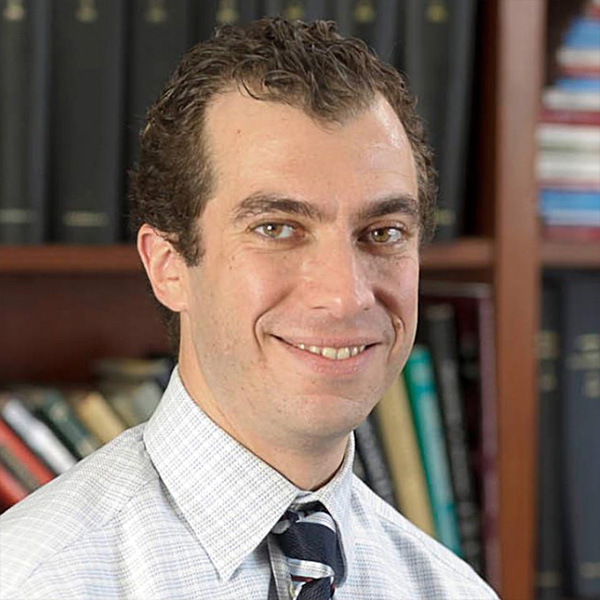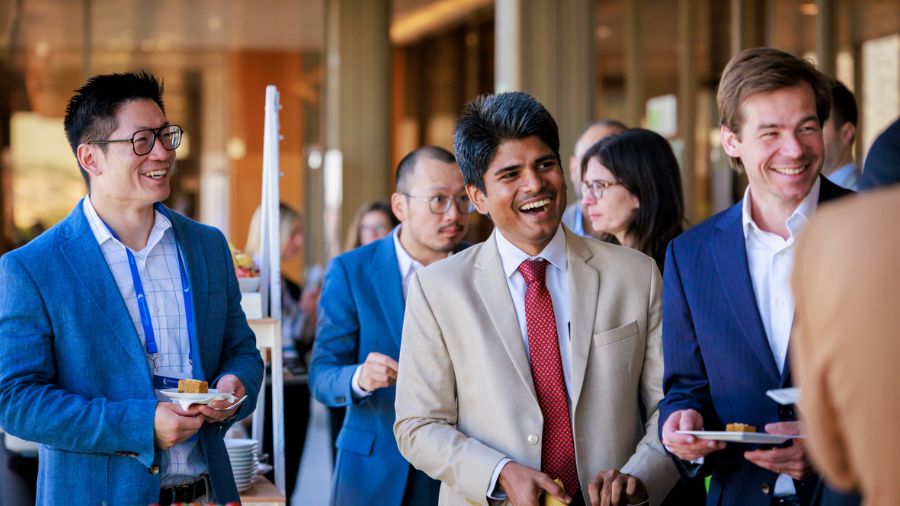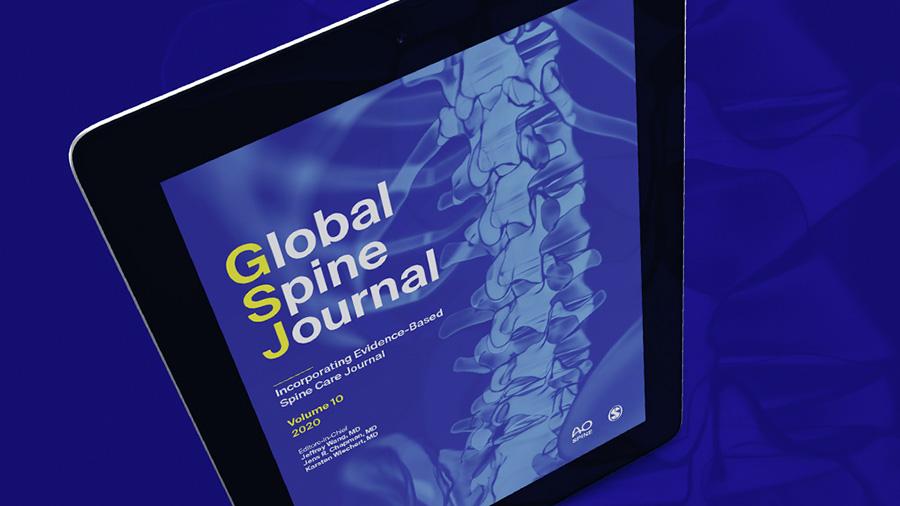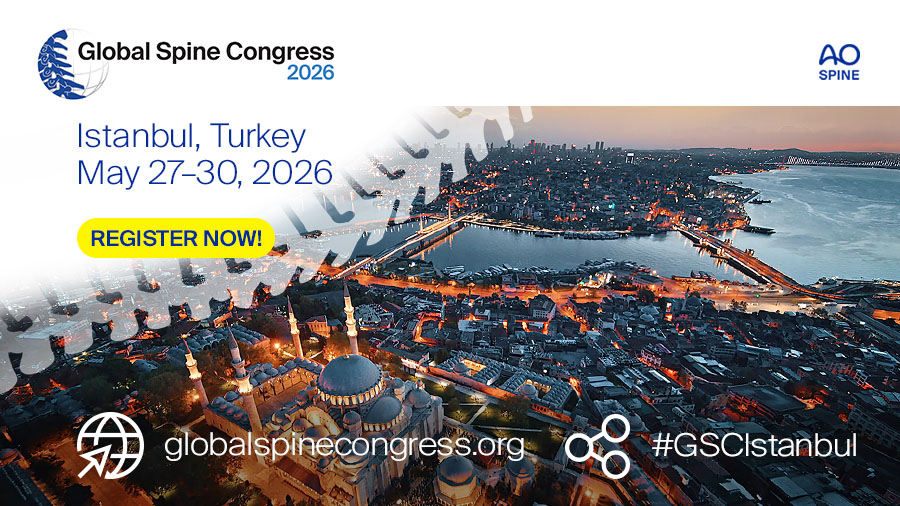Why the AO Spine Knowledge Forum model is a blueprint for global research success
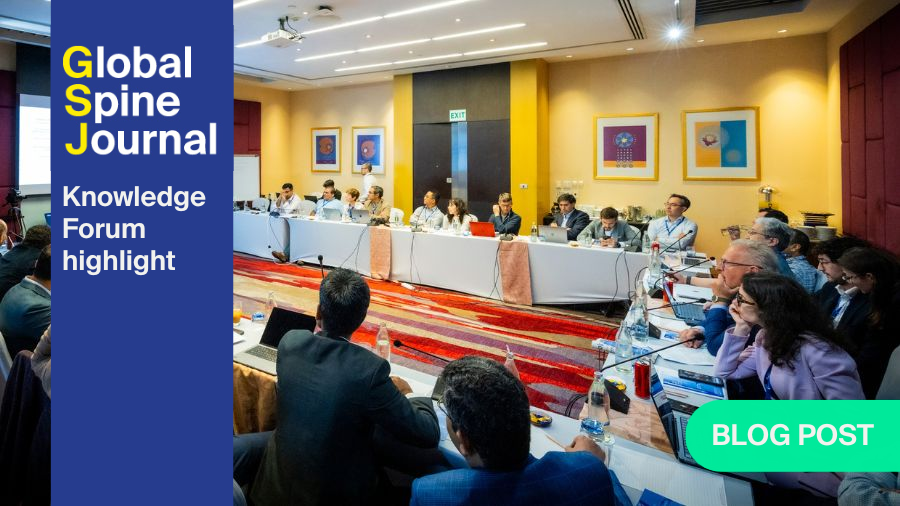
In today’s interconnected world, collaboration is no longer optional in research, it’s essential. Nowhere is this more evident than in the transformative success story of the AO Spine Knowledge Forums (KFs), a global initiative born 15 years ago from the vision of Luiz Vialle. The KFs have since redefined how spine research is conducted, shared, and applied to patient care.
-
Read the quick summary:
- A recent study highlights the AO Spine Knowledge Forums as a global model for impactful, collaborative spine research.
- The KF model boosts research output, quality, and clinical impact through structured international, interdisciplinary collaboration.
- Practicing surgeons benefit from KF guidelines and studies to enhance evidence-based care and stay current via Clinical Practice Recommendations.
- The KF model may guide other disciplines; ongoing efforts focus on scaling collaboration and keeping research globally relevant.
Disclaimer: The article represents the opinion of individual authors exclusively and not necessarily the opinion of AO or its clinical specialties.
A recent comprehensive bibliometric analysis we conducted on the KFs reveals just how profoundly strategic collaboration can accelerate the impact and quality of scientific research:
de Souza DN, Kurland DB, Vialle L, et al. AO Spine Knowledge Forums Promote Collaboration and Elevate the Impact of Research: A Bibliometric Analysis. Global Spine Journal. 2025;0(0). doi:10.1177/21925682251351012
The lessons drawn from this model extend beyond spine care. In this blog post we aim to demonstrate how the KF model offers a replicable framework for any field seeking to grow its influence through collaboration.
The Knowledge Forum model: a strategic design for impact
Established in 2010 within AO Spine Research, the KFs were created to bring together diverse, world-leading experts to address specific spinal conditions—Tumor, Deformity, Spinal Cord Injury, Spine Trauma, Infections, and Degenerative Disorders.
Unlike traditional research models that often operate in silos, KFs integrate orthopedic and neurosurgeons, oncologists, scientists, and other specialists from across the globe into a formal, structured network. By fostering regular collaboration, this architecture provides a robust infrastructure uniting individuals under a shared purpose, and transforms isolated expertise into high-output, high-impact research engines.
A surge in productivity
The numbers speak for themselves. Between 1980 and 2025, KF members collectively published over 24,000 articles, with nearly 19,000 focused directly on their respective KF subject matter. Following the formation of the first KF in 2010, there was a striking acceleration in both the quantity and quality of research output.
In the 14 years post-2010, a vast majority of these articles were produced, with the overall research growth rate (Compound Annual Growth Rate or CAGR) of 11.5%. Even more tellingly, this research was predominantly original studies—an indicator of the model's role in driving novel findings rather than just commentary or review-based publications.
The formation of the Knowledge Forums was associated with a clear upward trajectory in publication rates that were out of proportion to the KF membership growth. This suggests that the organizational model served as a catalyst for research output that otherwise may not have occurred—or at least not at this scale and quality.
Collaboration as a driver of impact
One of the most compelling findings from our analysis is the rise in co-authorship, international teamwork, and cross-institutional collaboration post-KF formation. Prior to 2003 (the year AO Spine itself was established), collaboration among eventual KF members was minimal. But following the establishment of both AO Spine and the Knowledge Forums, collaboration skyrocketed:
- Institutional collaboration more than doubled post-2010.
- International co-authorship leapt from just 9.2% pre-2010 to over 53% afterward.
- Journal impact factor, a proxy for research influence, rose substantially with the number of KF authors per paper—publications with six or more KF co-authors had the highest average impact.
These metrics reflect a fundamental shift in how research is created and disseminated. Working across institutions and borders not only enhances the depth and relevance of studies but also increases their likelihood of publication in top-tier journals—amplifying global reach and influence.
KF research actively shapes spine care practice
The AO Spine KFs have also been responsible for developing some of the most highly cited works in spine medicine. The AO Spine Classification systems, clinical guidelines, and systematic reviews have been among the most influential outputs, the types of research that require both consensus, credibility, and global validation to be impactful around the world.
For example, the AO Spine Thoracolumbar Injury Classification System, developed through global KF Trauma collaboration, has been cited nearly 1,000 times. The Clinical Guidelines for Spinal Cord Injury and Degenerative Cervical Myelopathy are similarly drawing widespread international attention and have shaped medical practice globally, just to mention a few:.
- GSJ Volume 14 Issue 3_suppl, March 2024 Special Issue: AO Spine & Praxis Spinal Cord Institute Guidelines for the Management of Acute Spinal Cord Injury, Guest Editors Michael G. Fehlings, Brian K. Kwon, Nathan Evaniew, Lindsay A. Tetreault
- Volume 12 Issue 1_suppl, February 2022 Special Issue: Transforming Care for Degenerative Cervical Myelopathy: The Top Ten Priorities. Findings in Context From AO Spine RECODE-DCM, an International and Multi-Disciplinary Collaboration. Guest Editors Benjamin M. Davies, Brian K. Kwon, Michael G. Fehlings, Mark R. N. Kotter
Most recently, the KFs launched a collaboration with AO Spine’s official publication the Global Spine Journal and are publishing regular Clinical Practice Recommendations on their respective pathologies to help busy clinicians stay up to date and to speed up the uptake of cutting edge research.
This speaks to the power of the KF model not just to publish, but to lead—creating tools and knowledge that are adopted worldwide, directly influencing patient care, surgical decision-making, and healthcare policy.
Global equity and diverse expertise allow broad application of outcomes
Another strength of the KF model is its built-in emphasis on diversity of experience and geography. By bringing together experts from various healthcare systems, socioeconomic settings, and cultural backgrounds, the research output becomes more globally relevant. The solutions proposed aren’t just viable in elite centers, they’re designed with broad applicability in mind.
Nearly all KF members hold leadership positions in regional, national and international professional and sub-specialty organizations, which not only brings new perspectives to the collaborative work of AO, but also provides an opportunity to disseminate and incorporate the knowledge generated by the KFs into the at an amplified scale.
This inclusivity helps ensure that the knowledge generated is not only innovative but also equitable, improving spine care not just in research-intensive countries, but worldwide.
Why other disciplines should take note
What makes the KF model particularly compelling is that it’s replicable. The methods we used to analyze its success—bibliometric analysis, co-authorship metrics, impact factor correlations—can be applied to evaluate (or build) similar initiatives in other fields.
Whether in oncology, cardiology, mental health, or public health, these underlying principles hold:
- Formalized collaboration structures fuel productivity.
- Multidisciplinary and multinational participation raises research quality and relevance.
- Shared infrastructure and support drive innovation.
Importantly, this study also showed that you don’t need an ever-expanding team to sustain impact. Even with a fixed pool of contributors, the KF model maintains momentum through strategic partnerships and focused goals.
The path forward: collaboration as the foundation for progress
If the goal of research is to generate knowledge that changes lives, as it always is in the scope of AO Foundation, then the KF model has demonstrated a clear and effective path forward. It offers a solution to the fragmentation that plagues many fields—a way to move from scattered, individual efforts to coordinated, collective progress.
Healthcare organizations, universities, and research institutes would do well to study the KF example. By formalizing collaborative frameworks, investing in support systems, and ensuring diverse participation, other specialties can replicate the growth and impact that AO Spine has achieved.
Based on our first-hand experience and this recent study, we argue that AO Spine Knowledge Forums are more than a successful case study—they represent a shift in how we should think about medical research. Their structured, collaborative, globally minded approach is not just effective in producing research—it is essential in an era where complex health challenges require unified, worldwide solutions.
For institutions looking to expand their research impact, improve global relevance, and foster meaningful academic relationships, the KF model offers not just a roadmap, but a mandate: Collaboration is no luxury. It’s the foundation of true progress.
About the authors:
Professor Ilya Laufer is the Director of Strategy, Department of Neurosurgery and the Spine Tumor Program at the Department of Neurosurgery at NYU Grossman School of Medicine.
Dr Laufer focuses on the surgical treatment of primary and metastatic spinal tumors and degenerative spinal disorders. He is experienced in using image-guidance and minimally invasive surgery and also performs a variety of decompression and spinal stabilization procedures.
His research interests include the design and oversight of longitudinal studies and prospective clinical trials designed to determine the optimal treatment of patients with spinal tumors. He is the current Chairperson of the AO Spine AO Spine Knowledge Forum Tumor.
You might also be interested in...
AO Knowledge Forums
The AO's Knowledge Forums (KFs) are expert-driven global clinical study groups generating and disseminating knowledge.
Transforming research into practice
The AO Knowledge Translation Committee aims to accelerate the uptake of AO-generated knowledge.
Global Spine Journal
AO Spine’s official scientific journal is an open access, peer-reviewed journal focusing on the study and treatment of spinal disorders.
Global Spine Congress
One of the largest spine meetings heads to Istanbul in 2026, bringing together thousands of spine surgeons from around the world.






